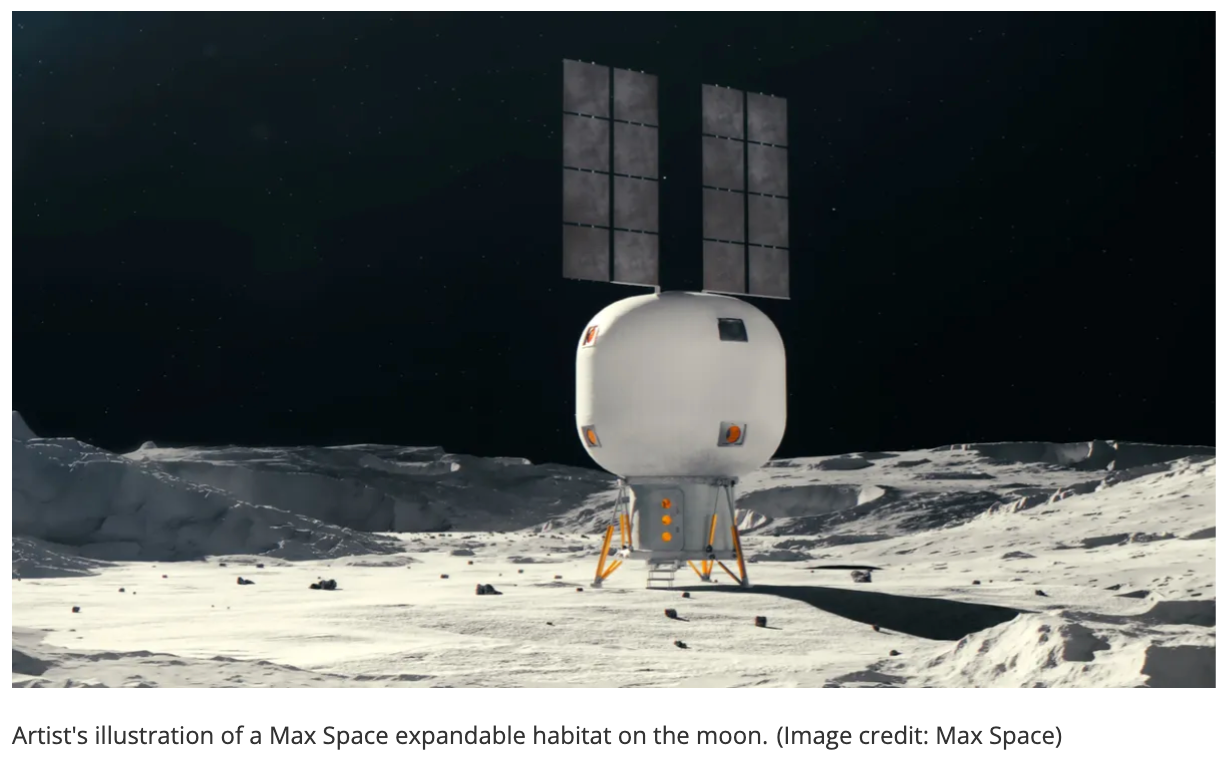A new space startup named Max Space is pioneering the development of “stadium-sized” inflatable habitats designed for space. These habitats are intended to be compact during launch but expand dramatically once in orbit, utilizing a unique scalable architecture. The technology aims to address the current limitations in habitable space, making space stations and colonies on the Moon or Mars more feasible and cost-effective.
The company’s designs range from 20 cubic meters to an ambitious 1,000 cubic meters, offering a versatile solution for various applications including farming, tourism, and even sports events in space. These inflatable modules will first be launched aboard a SpaceX rocket in 2026, with plans for additional launches throughout the decade.
Max Space’s approach could significantly reduce the costs associated with constructing space habitats. For example, they estimate that building a structure comparable to the International Space Station could be done for a fraction of its original $100 billion dollar cost. The first prototype, set to launch within the next couple of years, will serve as a critical test for this innovative technology.
Maxim de Jong, one of the co-founders of Max Space, has previously worked on inflatable spacecraft for Bigelow Aerospace, and brings valuable experience to this venture. Max Space’s vision extends beyond orbiting habitats to potential lunar and Martian colonies, indicating a bold step towards sustainable human presence in space.
Startup to build massive stadium-sized inflatable space stations

